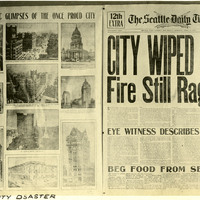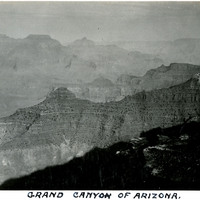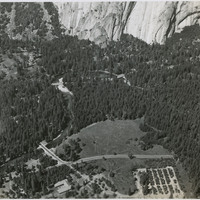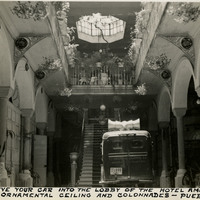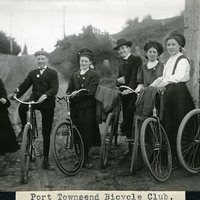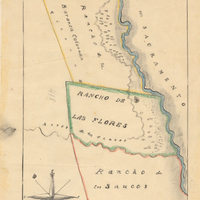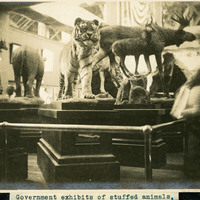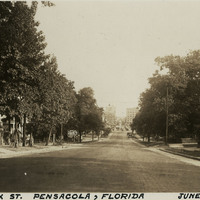Search All Items
- Filters:
- Type
- Still Image 4044
- Image 3895
- Text 436
- Text 50
- Image of the California Census from the records of the office of the California Secretary of State 1
- Language
- English 7937
- Spanish 494
- ENGLISH 4
- English 2
- census_013 1
- contra_costa_schedule_1_volume_1 1
Search Results 4891 to 4900 of 8533
-
Caption: "The City Disaster." Photograph of The Seattle Daily Times front page and photographs of the San Francisco earthquake's aftermath with headline: "City Wiped Out! Fire Still Raging!" Dated April 20, 1906.
Date: 1906
-
Caption: "Grand Canyon of Arizona," c. 1925. Bird's eye view of part of the Grand Canyon in Arizona, on the Colorado River.
Date: 1925
-
No Caption: A birds-eye view of Yosemite Valley with the Merced River running through it, c. 1935.
Date: 1935
-
Caption: "You can drive your car into the lobby of the Hotel American. Note the ornamental ceiling and colonnades - Puebla, Mex."
Date: 1938
-
Caption: "Port Townsend Bicycle Club.," c. 1910. Seven unidentified men and women posing with bicycles. The bicycle made its first appearance in the Puget Sound area in the late 1870s. Within twenty years, thousands of enthusiasts had adapted the new mode of transportation. Such enthusiasts often formed clubs, such as the Queen City Good Roads Club, based in Seattle (south of Port Townsend). These clubs advocated, constructed, and helped to maintain pathways dedicated specifically to bicycle traffic. Ironically, the efforts made by the bicyclists to generally improve roadways contributed to the rise of another new mode of transportation -- the automobile.
Date: 1910
-
Caption: "Government exhibits of stuffed animals." Various mammals stuffed for display, including a tiger, moose, deer, and antelope, exhibited in the Government Building of the Lewis and Clark Centennial Exposition. The exposition was held in Portland, Oregon from June 1st to October 15th, 1905. It celebrated the one-hundred year anniversary of the exploratory expedition of the Louisiana Purchase and what became the northwestern part of the United States, led by Meriwether Lewis and William Clark. Some 1.6 million people visited the fair, viewing exhibits from twenty-one countries.
Date: 1905
-
Correspondence from individual to Earl Warren regarding employment of Japanese and return of Japanese to California
Date: Received April 24, 1943
-
Caption: "Palofax [sic] St. Pensacola, Florida, June 21, 34." Street scene on Palafox Street in Pensacola. In the foreground the street is lined with trees, while a city center is visible in the distance.
Date: 6/21/1934


